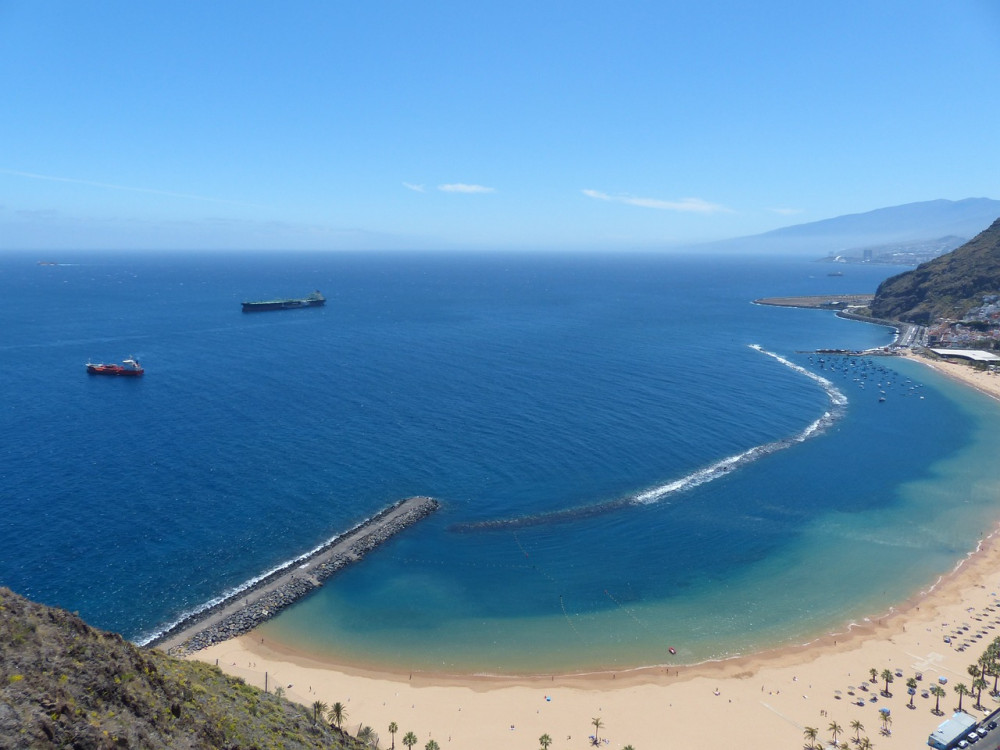


Record Breaking Year for The Canary Islands
The Canary Islands had a record year for international tourist arrivals in 2023, with the British once again leading the way.
Aena reported that 5.7million British holiday-makers flocked to the Canary Islands during 2023, accounting for more than one third of the total 14.1 million foreign (non Spanish) passengers.
In total, including Spanish holiday-makers from the mainland, the islands welcomed over 16 million visitors.
The most popular island of the eight was Tenerife, attracting a huge 5.6 million visitors over the year. This was followed by Gran Canaria,, Lanzarote, and Fuerteventura respectively.

Across the islands the airports recorded a whopping 48.4 million passengers pass through their terminals. A figure that includes all travellers including business, local inter-island flights and domestic tourism. This was an 11.4% increase from 2023.
These impressive figures put the Canary Islands in third place for the region with the highest Tourism sales in Spain, following Catalonia and the Balearic Islands, and great news for the Spanish Economy that relies so heavily on Tourism.
It's therefore no surprise that a record number of tourist to the Canary Islands result in a record tourist turnover of 20,000 million euros.
Forecasts for Canary Island tourism in 2024 remain high, though slightly more moderate due to the diminished spending power of tourists feeling the effect of cost of living rises and forecasted recession.
A record year for temperature
2023 was also a record year for temperatures in the Canary Islands, with the warmest and driest conditions recorded in the last 62 years.

Canary Island Temperature records were surpassed at eight of the nine AEMET stations across the Archipelago. In some locations the data showed the islands had witnessed the highest autumn temperatures recorded in the last 100 years. For example, average temperatures in Santa Cruz de Tenerife saw a rise of 24.3 degrees in 1997 to 25.1 degrees in 2023.
A lack of rainfall contributed to one of the driest years on record with an average of 160.1 mm, just 76% of the normal precipitation levels.
Many months saw higher than average temperatures, with especially warm autumn and winter months. A delight for holiday-makers seeking some winter warmth and sunshine, but maybe slightly concerning for farmers on the islands.